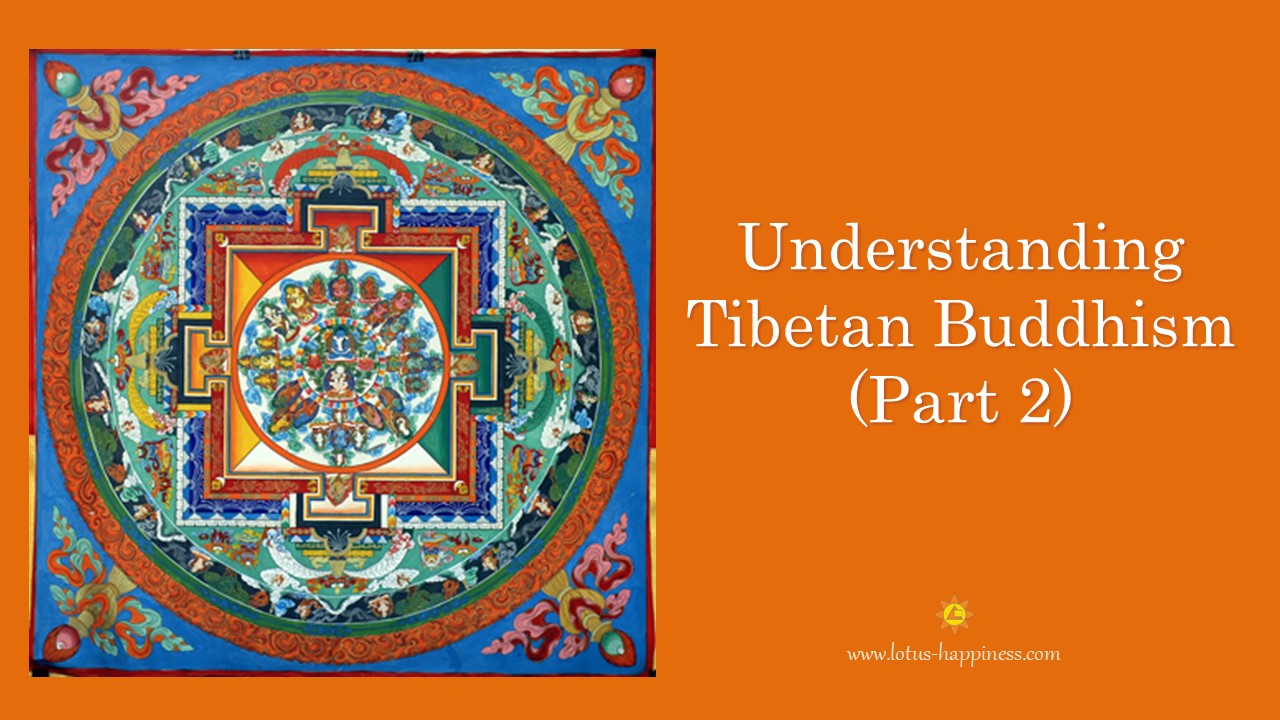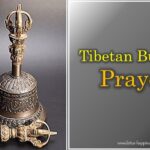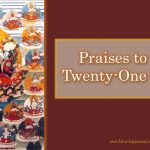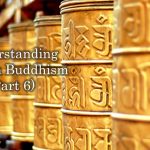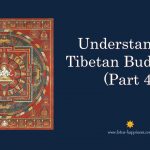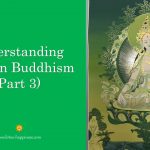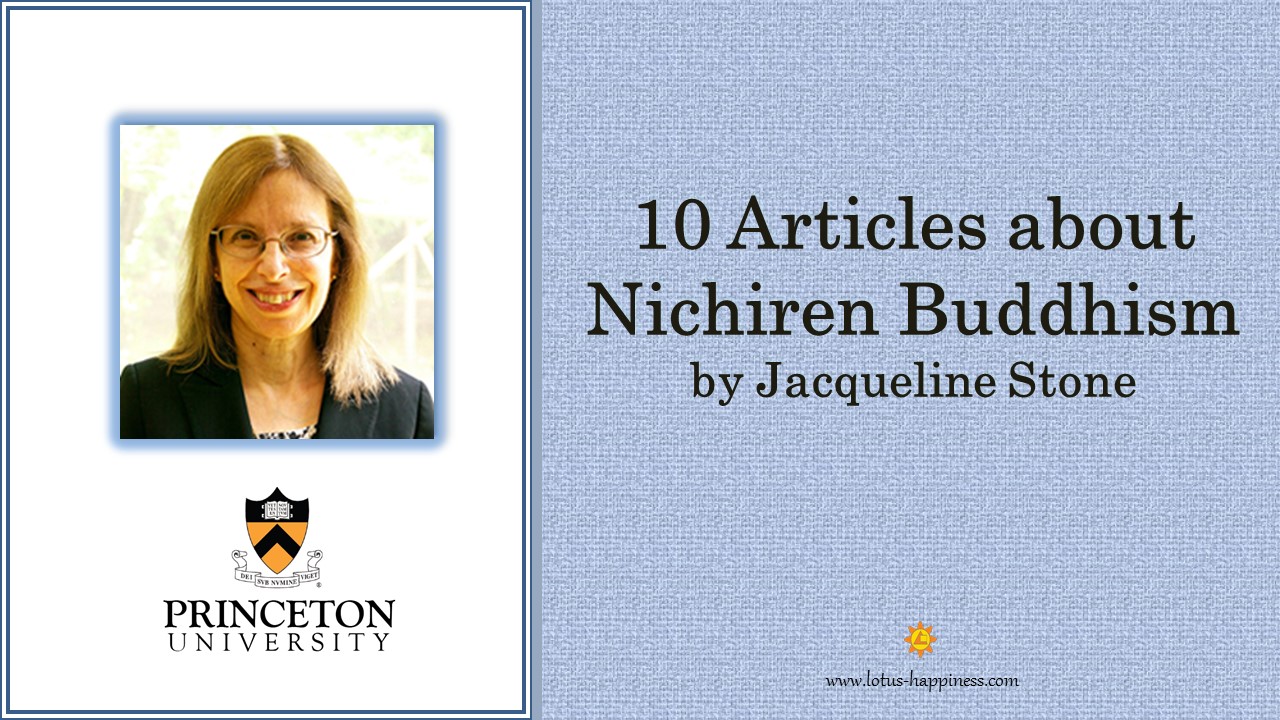Understanding Tibetan Buddhism (Part 2)
Second dissemination of Tibetan Buddhism
The second dissemination of Tibetan Buddhism was brought about by Yeshe O, who was the king in the western part of Tibet. The lineage of lay Vajrayana practitioners still survived after the dark age of Tibetan Buddhism, though the monastic and scholarly forms were severely destroyed. Many influential rulers in western Tibet desired to re-establish the entire Tibetan Buddhism. They sponsored translators to India as well. Thus, the second period of transmission of Buddhism in Tibet is often called ‘the period of the new translations’.
In 1042, the king invited the renowned scholar, Atisha Dipankara Shrijnana (AD 979-1053). He set out a graduated path to enlightenment, known as ‘Lam-rim’, stipulated in his book ‘The Lamp of the Path to Enlightenment’. He also reformed the monastic disciplines, particularly the mentor-student relationship of Lamas and disciples. Being the master of the second transmission of Buddhism in Tibet, his works had a great impact on Tibetan Buddhism, not just in the royal family but also the society. He turned the warrior-like Tibetans to the Buddhists seeking for peace. With his effort, Buddhism was firmly established in Tibet.
This period marked the development of major schools in Tibetan Buddhism, and distinguished between the old and the new transmission periods.
Tibetan Buddhism in Mongol
In the 12th century, the Mongolian army invaded and conquered Tibet. In 1244 AD, the Mongolian warlord Prince Godan invited the head of Sakya school, Sakya Pandita, to his camp. Sakya was another school of Tibetan Buddhism developed at that time, apart from Nyingma school established by the distinguished Padmasambhava. Godan was very impressed by this learned Tibetan Lama and was converted to Buddhism. This marked the beginning of the extraordinary priest-patron relationship between the two countries.
In 1253, Sakya Pandita’s nephew, Pagpa, became the spiritual teacher of Kublai Khan. Kublai Khan delegated Pagpa as the ruler of Tibet. Kublai Khan later became the Mongol emperor of China, and declared Buddhism the state religion.
The close relationship between the Tibetan Lamas and the Mongolian Khans had declined since 1307, and Mongolian dynasty was taken over by the Chinese again in 1368.
The hierarchy of Dalai Lama
Around 1400, Tsong Khapa reformed the Tibetan Buddhism, and founded the Gelug school. This school, known as the ‘yellow hats’, became very popular in Mongolia as well as in Tibet. In 1578, the Mongol ruler Alta Khan met Sonam Gyatso, said to be the second reincarnation of Tsong Khapa’s amin disciple. Like Prince Godan, the great Khan was impressed by this spiritual leader and was converted to a Buddhist. He bestowed the title ‘Dalai’ on Sonam Gyatso, as an acknowledgment to his deep understanding in Buddhism. The institution of Dalai Lama was then crested.
Sonam Gyattso was the third Dalai Lama, as his previous two incarnations (Gendun Gyatso and Gendun Druba) were given the same title posthumously. The Fourth Dalai Lama was given to the Alta Khan’s family, and this secured the relationship between the two countries. The Fourth Dalai Lama became the political as well as the spiritual leader of Tibet.
The ‘Great Fifth’
In 1642, the ‘Great Fifth’ became the first Dalai Lama to lead a united Tibet. He wrote many books and mastered the Tantric arts. Being a powerful leader, he gained hegemony over the military in Tibet, and was well respected by the Tibetans. Due to the political stability and independence, Tibet enjoyed three uninterrupted succession of Dalai Lamas peacefully.
Tibetan Buddhism in 20th Century
The 13th Dalai Lam (1876-1933) was a great ruler who planned to improve the economy and the education system, and to reform the monasteries. Unfortunately, Tibet was invaded by the British army and forced to sign the unfair trade agreement. Moreover, the Chinese general Chao Erh-feng organized a number of brutal raids into Tibet, and attempted to capture the 13th Dalai Lama. The 13th Dalai Lama had to flee to India and died in 1933 when the political situation of Tibet was still in chaos.
In 1937, Reting Rinpoche succeeded in searching the reincarnation of Dalai Lama in Eastern Tibet. After a number of tests and verifications, the 4-year-old boy was enthroned as the new Dalai Lama, 14th in his line. That is the Dalai Lama today, who was born in 1935. His name is Tenzin Gyatso.

